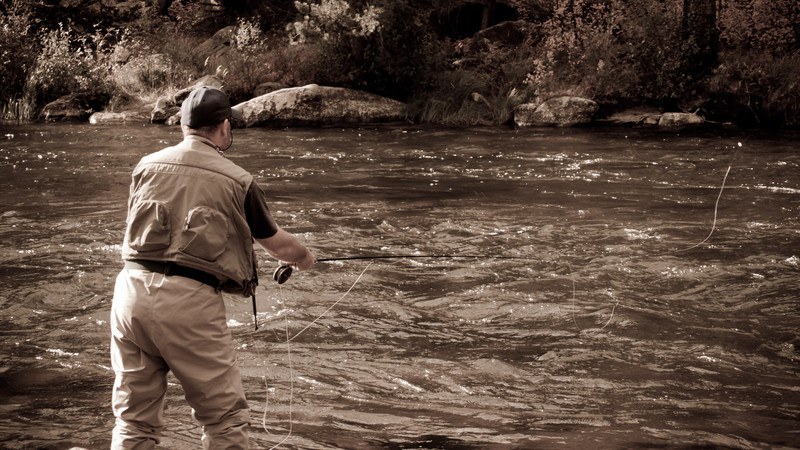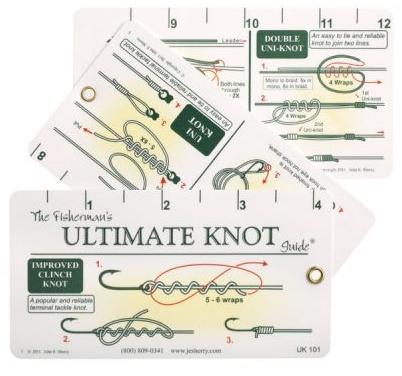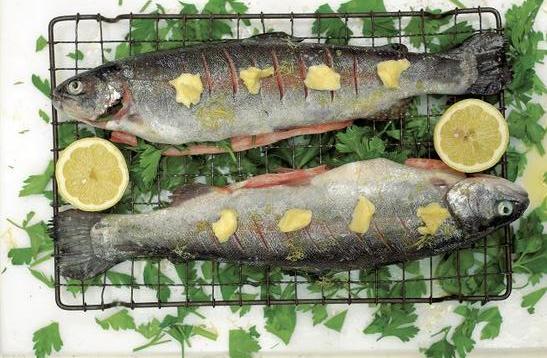| Disclosure: Just to be open and honest the buttons and links you click on in the website will in most cases take you to another website where you can purchase the products I am reviewing. As an Amazon Associate I earn from qualifying purchases. |
Salmon Fly Fishing Presentation – slowing down or speeding up the fly?
On my previous post on mending the fly line to control speed I thought it necessary to include a post on the presentation of the fly when Salmon fishing. Salmon do not feed when in the river to spawn so a fly presented to them is more to annoy them into a reaction than them eating your lure whereas trout are there to feed and are usually hungry.
Having been a salmon angler for many years one of the main things I have picked up is you are always learning. On my travels it amazes me on how different fly anglers fish their flies. When I find anglers who are more experienced on their local rivers I will do my best to watch and learn as best I can on how they are fishing the pools. One thing that stands out is the best anglers out there know exactly how their salmon flies are fishing at any particular time.
There are a few factors to consider to know how a fly is fishing including the fly type, the leader material, the fly line style and density, cast distance, length of rod and how the line is mended and retrieved. These elements you can control another one you can not is the natural condition of the pool however with line presentation you can make some changes to the natural condition of the pool and fish it better.

(c) Can Stock Photo / urbanlight
All the above factors have been thought about by manufacturers with the addition of new fly fishing materials each season however the last aspect line management is less focused on and many anglers stick to a routine of cast and swing without really thinking about the swim of the fly. It may work some of the time but not every pool is the same and waters fluid nature makes the swim of a fly typically different on each few feet of a river flow.
Mending fly line is the technique used to work the main body of the line to allow the speeding up or slowing down of the leader to allow your flies to enter the water where the salmon are sitting correctly looking natural and not autonomous. This is mainly for full-bodied (not shooting heads) floating fly lines as intermediates and sinking lines need to be mended immediately as once they have sunk its almost impossible to mend.
Mending a fly line can be done in three ways, upstream the mostly used option to slow the line down, down stream to speed it up or not at all just leaving the line to fish on its own speed of flow. Mending was first introduced at the start of the 20th century to slow down the fly so it would sink and not skate on the water. Now-a-days it is a good fishing practice especially for spring salmon or in dry spells for grilse. However back then it was thought it spooked the salmon so mending was used to slow down the fly so it went under the water surface quickly.
The art of mending the fly properly takes time and practice. It also is a moving target as there are many natural states of the river or pool that will affect the rate and type of mend. The water height, flow and position of fish in the pool. Each time you visit the same pool there will be new things to work out on how best to fish your flies and present them to the lying fish.
Quick Post Navigation
- Upstream downstream mending between 2 different flows of water.
- J-mending holding the fly in the fishing zone for as long as possible.
- Stripping line to make salmon chase your flies on shooting heads.
- Wiggle casts to help slow down flies in fast water.
- Conclusion of mending to slow down or speed up flies
Upstream downstream mending between 2 different flows of water.
Every river has a pool with dead or slow moving water between you and the faster flowing water holding fish. The dead water is too deep to wade and normal casting brings the fly out of the taking zone too quickly as the dead flow holds the body of our line forcing the head and fly to be drawn back towards us too soon. To work this pool its best to cast at 90 degrees and throw upstream mends 1 or 2 as soon as the line is cast. Then as the leader is moving down in the faster flow and starting to draw towards you throw in a downstream mend. This allows the body of line to line up with the leader causing the flies to start moving back with the faster flow. Usually they will shoot up in speed and cause induced takes from lying fish.
If you were fishing a pool where the fast water is closest to you but the fish are lying in the slack water further out you would fish the pool by continuing to up stream mending to keep the leader and flies moving in the slack water at a speed that is natural to the fish. This takes practice as you don’t want to mistakenly move the flies too much as you mend as these unnatural movements may alarm the fish. Then as you get to the tail of the pool a downstream mend may be required to induce a take from any fish lying there. This is the opposite to the technique above.
J-mending holding the fly in the fishing zone for as long as possible.
This technique is used to try to present a fly to the salmon by casting at 90 degrees then keeping the body of the line in the upper water by mending continuously 5 or 6 times. The head and tippet will swing slowly down where the fish are lying. Then near the end of the cast let the body of line swim down making the head move faster which is an effective method to get induced takes from lying fish. A technique that can prove fruitful when normal 45 degree casting is not producing takes.
Stripping line to make salmon chase your flies on shooting heads.
We have up to now talked about slowing down the cast to keep our flies in the taking zone for as long as possible. However, with the introduction of shooting heads and tube flies a technique has been developed to induce takes from fish that are otherwise not interested. This works very well with normal full-bodied fly lines as well. The idea is to cast the fly line at a 45-90 degree from you then as it swings strip the line in with your free hand as fast or slow as you like. This will make the fly come back to your side of the river in varying degrees of speed and can cause salmon to chase after it. I think the notion was developed in Scandinavian countries where shooting heads play a big part in their salmon fly fishing.
If fishing a sinking shooting line the option to mend it is very limited as the running line is very small compared to a full-bodied fly line and because of this will not have much effect on the speed of the head. You can if timed correctly throw a small mend up or downstream as you make the cast while is it still in the air but timing has to be correct or you will put off the cast altogether. The only other thing you can do is feed out running line into the flow to allow to a small extent a slowing down of the head which will help to sink in deep pools. Great for fishing pools where the fish are lying in the last third away from you.
Wiggle casts to help slow down flies in fast water.
Another good method to help slow down your flies is to put in loads of up and down mends continuously feeding line. This forms a wiggle in the line and as it slowly feeds into the flow will help slow down you leader and flies. This can be helpful in fast deep water when trying to get flies to sink quickly.
Conclusion of mending to slow down or speed up flies
As I’m sure you can see making your flies swim more naturally or at times more unnaturally will help induce takes from lying fish. It is a useful tool in the fly fishing angler to be able to mend line to increase or slow down his/her cast to allow this effect. A technique that will take a lot of practice and testing to see how a pool should be fished and what results produce the best results at different times of the season and flow of water. This all takes time to gather this knowledge but it is well worth the effort to increase you catch rate and enjoy your sport further. It helps if fishing new locations to ask locals or guides on how to fish certain pools as local knowledge is always best. Don’t be put off if these techniques don’t come quickly just keep practicing and before long you will be mending fly lines like a pro.
Still confused check these other posts on fly line mending
Vail Valley Anglers – Drag free drifting



I’m really enjoying this website this is the third page I commented on during my visit I find it really interesting and informative information you are providing.
I didn’t know that salmon needed to be fished differently to trout when they are spawning but I suppose they are there to breed rather than feed.
Salmon are only in the rivers to do one thing really, The Atlantic version will spawn then return to the sea to try again for future years however the Pacific salmon spawns then dies.
Although it seems wasteful for all those salmon to die they do contribute a lot to the ecosystem on north American and Canada. They provide food for many animals including the bears that we have all watch fishing on the rivers and their carcasses provide nutrition to the fauna along the rivers too.
That being said to entice a salmon to take your fly or lure you need to anger it to strike rather than feed. Its a great game to play when trying to catch that perfect specimen.
Thank you for sharing your experience with us through this post. This is very interesting. I also really enjoy fishing but it’s just hobby and I have not paid too much attention on how to fish properly. So after reading your post, I think I should slowly pick up new knowledge about fishing and start doing it the right way 🙂
Like all things in fishing the more you study about it the more you will get back from it and your catch rates will go up.